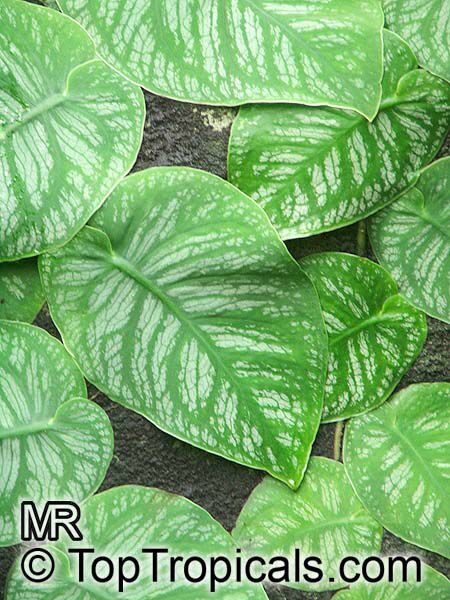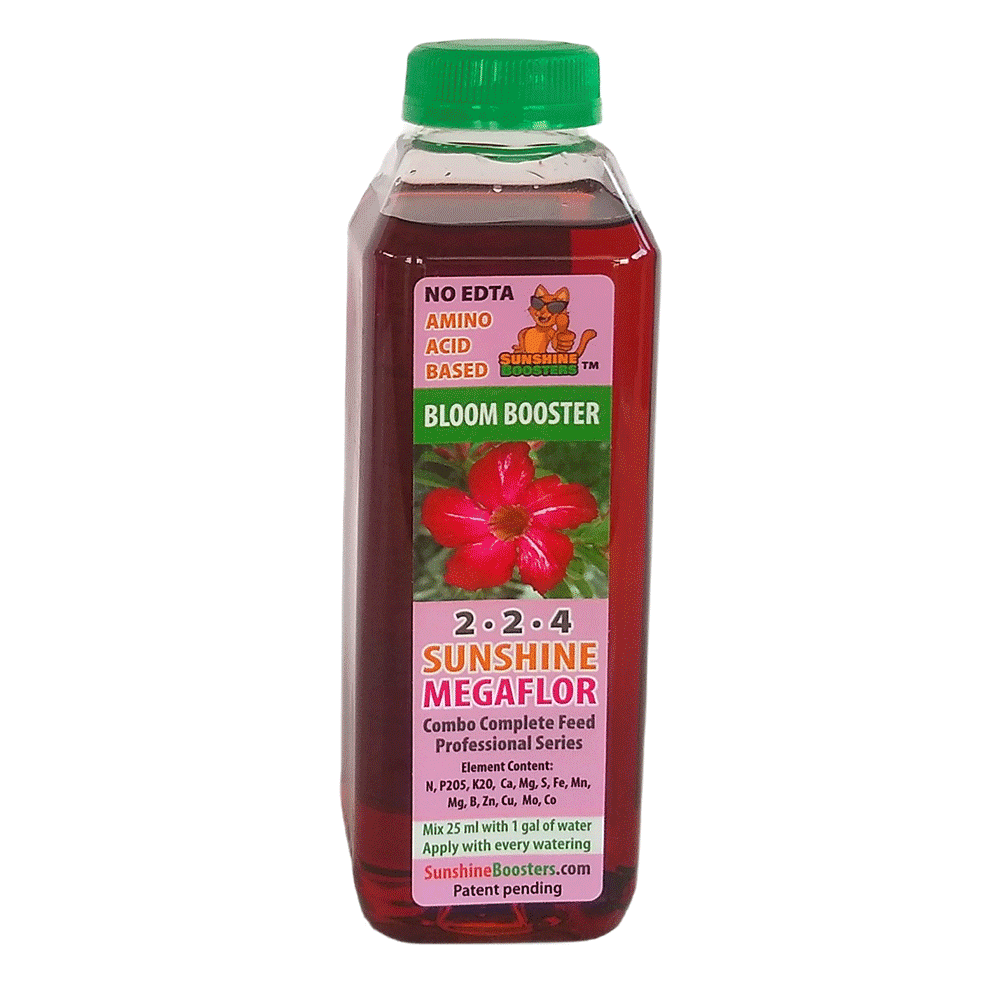MONSTERA DUBIA - PENANOLA, SHINGLE PLANT
6429 Monstera dubia - Penanola, Shingle Plant




Monstera dubia is a well known shingling Monstera with such a desirable growth
habit when juvenile that most enthusiasts barely recognize the adult form. This plant produces quarter size and up leaves with max size of the shingling leaves being around 8 inches. At this point, the plant pulls loose from its support and begins producing leaves which can be more than 2 feet long!
Recommended Fertilizer: SUNSHINE Robusta - Rapid Growth Booster
This is a hot seller, limited quantities. This is small plant. Demand is very high, these plants sell faster than we can grow them bigger. Please do not order if size matters to you. Contact us before making purchase if you have any questions
Leaves of this plant are very fragile and may be slightly damaged during transportation which does not hurt new growth. Trim as needed and more new leaves will grow.
This is a hot seller, limited quantities. This is small plant. Demand is very high, these plants sell faster than we can grow them bigger. Please do not order if size matters to you. Contact us before making purchase if you have any questions
Leaves of this plant are very fragile and may be slightly damaged during transportation which does not hurt new growth. Trim as needed and more new leaves will grow.
Monstera dubia - Penanola, Shingle Plant: Planting and Care Instructions
Plant Overview
Growth habit: This plant grows as a vine or creeper. It likes to climb or spread out, so it does well on trellises, fences, or along the ground. It can also be grown in a container with a support structure, making it suitable for patios or small spaces.
Growing conditions: This plant can be grown outdoors in suitable USDA zones. It is well-suited for small backyards, pots, or indoor spaces with enough light.
Watering: This plant needs moderate watering. Allow the top of the soil to dry slightly before watering again.
Sun exposure: This plant prefers semi-shade. It grows well in places that get filtered sunlight or partial sun during the day.
USDA Zone: USDA 9-11. The USDA Plant Hardiness Zone Map categorizes North America into zones based on average annual minimum winter temperatures, each differing by 10 °F. This map serves as a basic guide for selecting appropriate plants for a region. However, it's not definitive; plant varieties vary in cold tolerance, and young plants typically need more protection. Additionally, local microclimates, like sheltered areas or sunny spots, can influence plant health and survivability beyond the general zone recommendation.
Cold Hardiness: Protect from freezing. Plant hardiness indicates the coldest temperature a mature plant can endure briefly while staying healthy. This rating is a guideline and can vary among varieties of the same species. Young plants often need more cold protection. Additionally, a plant's survival can be enhanced by the microclimate of its location, which may provide shelter from wind or extra warmth, allowing it to thrive beyond its typical hardiness range.
Foliage: This plant is grown for its ornamental foliage, which adds texture or color to the landscape even when not in bloom.
Outdoor planting
Select a planting spot that fits the plant sun and moisture needs. Loosen the soil and mix in compost or organic matter to improve poor soil. Dig a hole just slightly larger than the root ball and avoid planting deeper than it was before. For better drainage, the top of the root ball can sit slightly above the surrounding soil. Provide temporary shade at first if conditions are hot or sunny. Water regularly and monitor soil moisture until the plant is well rooted. nAdd mulch around the base to keep the soil moist and reduce weeds. Shape the mulch to form a shallow basin for water, but keep mulch away from the stem.
Indoor planting
Use a container with drainage holes and a well-draining potting mix. Position the plant so that the top of the root ball is level with the surface of the soil - avoid planting too deep. A slow-release fertilizer can be mixed into the soil at planting time to support healthy growth. Place the plant in a location that matches its light needs, and water according to its care requirements. Be careful not to overwater, and ensure good airflow around the plant to reduce the risk of pests and disease.
Protecting Plants in Winter
When it gets cold, some plants need extra help. You can move potted plants indoors or under a covered patio. Young plants need extra protection because they are more sensitive to cold and less established. For plants in the ground, use frost cloth to keep them warm. Stop using fertilizer in late fall so plants can rest. Try to place plants in areas protected from cold wind, rain, and frost.
Cold Hardiness and Microclimates
USDA zone and hardiness are only general guidelines. Actual cold tolerance can vary based on plant variety and local conditions. Even small differences between varieties can matter. Also, warmer spots in your yard—like near a wall or fence—can help plants survive cold nights. These little warm areas are called microclimates, and they make a big difference.

 SUNSHINE Megaflor (NPK 2-2-4) - Bloom Booster for every watering. Formulated especially for blooms, to boost flowering, improve flower size and quality, and stimulate pollen development. This is an eco-friendly nutrition booster that can be used for organic gardens. Can be used for daily feeding with every watering. Scientifically-balanced stable formula is organic Amino-acid based and has NO EDTA chelators to eliminate nutrients lockup; it does not affect crop taste. Organic Amino acids greatly enhance stability of all Sunshine boosters and provide excellent absorption of trace elements. Pollinating insects friendly.
SUNSHINE Megaflor (NPK 2-2-4) - Bloom Booster for every watering. Formulated especially for blooms, to boost flowering, improve flower size and quality, and stimulate pollen development. This is an eco-friendly nutrition booster that can be used for organic gardens. Can be used for daily feeding with every watering. Scientifically-balanced stable formula is organic Amino-acid based and has NO EDTA chelators to eliminate nutrients lockup; it does not affect crop taste. Organic Amino acids greatly enhance stability of all Sunshine boosters and provide excellent absorption of trace elements. Pollinating insects friendly.